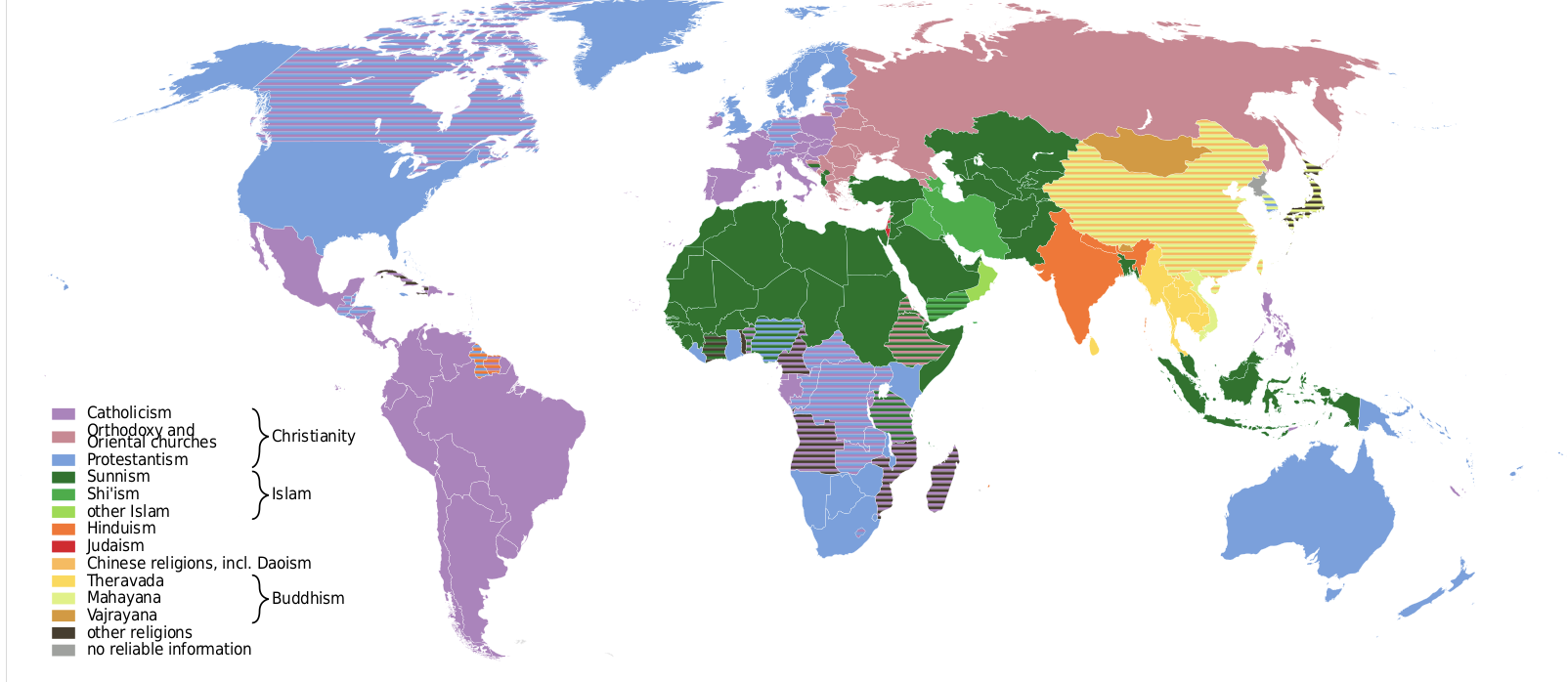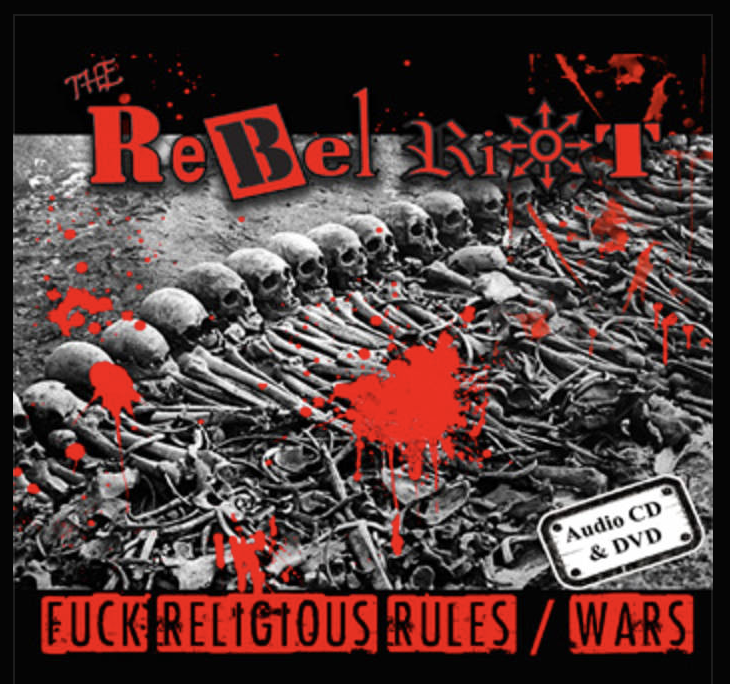[Updated 1 Feb 2020]
Religion is arguably one of the most egregious ‘othering’ forces that has ever existed. All through recorded history people have been marginalized -and in countless cases murdered- because they were of the ‘wrong’ religion.”
“The normal and the stigmatized are not persons, but perspectives.”
-E. Goffman, Stigma, 1963
Prologue
As I write this, Myanmar’s Daw Aung San Suu Kyi and her team are preparing to respond to formal charges of genocide against
 the Muslim Rohingya at the International Court of Justice at the Hague. The world will be watching these proceedings, and we as a global community must continue demanding justice be served and the dignity of all humans is defended.
the Muslim Rohingya at the International Court of Justice at the Hague. The world will be watching these proceedings, and we as a global community must continue demanding justice be served and the dignity of all humans is defended.
Review and context
In a previous post I talked about both ascribed and achieved statuses, how these are tied to the process of othering, and the inevitability that this process leads to the rise of various ‘privileging forces’, namely, patriarchy, race/ethnicity, colonialism/paternalism, heteronormatity/cisnormativity, classism/class privilege, ableism, and ageism. My suggestion was that we should all be aware of the processes underling the generation and perpetuation of various ‘privileging forces’ that impact everyone on the planet.
The Hydra image used to illustrate these forces, I argued, was a work in progress. Indeed, one of the most egregious and age-old tools of ‘othering’ is left out of this image, or at least not amplified properly. That force is religion.
As a sociologist I know that religion is a cultural universal, and that one of the most important elements of most humans self identity is their status vis-a-vis some faith tradition.

Muslim, Zoroastrian, Jew, Catholic, Hindu, Buddhist, Protestant, and the list goes on. Increasingly, to be inclusive we must also include the status ‘non-believer.’ Everyone has a religious status, that is clear, and that status impacts how the individual feels about her/himself, but more importantly, it impacts how the person is seen by others. At times, one’s status relative to religion becomes the master status, the one most salient.
Some statuses are obvious, like age and, in many cases, race. These statuses are apparent to everyone as soon as they see your face. Other statuses can be hidden, disclosed at will. One’s sexuality, for example, can remain private. The same is true for one’s religion, though at times a religion is presumed by ethnicity or other factors.
The gaping hole in the Hydra model: religion as a tool of persecution
Religion is arguably one of the most egregious ‘othering’ forces that has ever existed. All through recorded history people have been marginalized -and in countless cases murdered- because they were of the ‘wrong’ religion. The list of examples here is long, bloody, and full of hypocrisy. The Crusades. The holocaust. Use of the Christian Bible to justify slavery, racism, homophobia, and mysogny in the US and virtually everywhere else around the globe. Groups who misuse the Koran to perpetuate violence against all ‘infidels’: ISIS, Boko Haram, Al-Qaeda, Al Shabbab.
But there can be something as bad as being of the ‘wrong’ religion, and that is being an atheist. In 2014 from the Pew Research Center it was found that laws restricting apostasy and blasphemy are most common in the Middle East and North Africa, where 18 of the region’s 20 countries (90%) criminalize blasphemy and 14 (70%) criminalize apostasy. While apostasy laws exist in only two other regions of the world – Asia-Pacific and sub-Saharan Africa – blasphemy laws can be found in all regions, including Europe (in 16% of countries) and the Americas (29%).
Looking at history we can see a pattern, namely in any nation or region the religion of those in power is frequently used as a justification for oppression and even genocide against those not of their faith. Here are just a few recent examples:
- Hindus marginalizing Muslims in India.
- Muslims marginalizing all non-Muslims ISIS controlled areas.
- Jews marginalizing Muslims in Palestine.
- Christians marginalizing Muslims in the US.
- Muslims marginalizing atheists in Bangladesh.
- Confusionists marginalizing Muslims in China
- Buddhists marginalizing Muslims in Mayanmar (Burma)
The US based Pew Research Center has been tracking restrictions based on religion and had this to say,
“Over the decade from 2007 to 2017, government restrictions on religion – laws, policies and actions by state officials that restrict religious beliefs and practices – increased markedly around the world. And social hostilities involving religion – including violence and harassment by private individuals, organizations or groups – also have risen since 2007, the year Pew Research Center began tracking the issue.”
Research Center began tracking the issue.”
The number of nations with restrictions has risen from 40 in 2007 to 52 in 2017. Being in the religious minority, wherever you are in the world, is never easy and can oftentimes be fatal.
Here is one response to religious othering that many, particularly atheists, might agree with. This song/video titled Fuck Religious Rules/Wars by the Burmese punk band Rebel Riot is a blanket condemnation of all violence based on religious differences
Religion as a privileging force
Referring back to the Hydra, it is easy to see that religion has been used as an amplifying force by many of the heads. It has reinforced sexism and misogyny (patriarchy), been used to justify racism and ethnic hatred, it was

used amply and often by colonizing forces to subjugate, control, and mollify. In many cultures religion has been used persecute non-heteronormative/cis-normative individuals, it has been used as a tool to placate the poor and have them accept a life of suffering, and more so in earlier historical periods, was used to marginalize the physically or mentally disabled. The outlier head on the Hydra in this respect is ageism, where religion tends to support and honor elders.
All of the privileging forces amplify each other in a myriad of ways, but religion seems to be in a class by itself in terms of its toxic potential. Reading and/or watching debates on the question as to whether the net impact of religion is positive or negative is instructive, with those who argue in favor of the ‘net negative’ impact have much to say about how religion has often been used to justify ‘othering’ and subsequent marginalization.
A major complicating factor is the fact that religion and ethnicity are often woven together in complex cultural ways. A classic example are those who are ethnically/culturally Jewish but choose not to subscribe to the Jewish religion. Similarly, there are many who are ethnically/culturally Muslim but are otherwise non-religious. This conflation of religion and ethnicity is, indeed, a somewhat universal phenomena.
Relevant to all humans and humanitarians
One basic truism in sociology is that who we are is a function of who is seeing us, i.e., our social context; we are as others perceive us. As Erving Goffman put it in his book Asylums, “The self in this sense is not a property of the person to whom it is attributed, but dwells rather in the pattern of social control that is exerted…. This special kind of institutional arrangement does not so much support the self as constitute it.” (1961: p. 168)
Taking a look at a (non-existent) ‘typical humanitarian’, she/he moves through an array of social contexts, each a different audience. Just a few of these audiences relevant to the workplace include
- superiors (bosses and bosses of bosses)
- peers (those at the same level)
- subordinates
- members of the affected communities (if relevant)
Though there are important exceptions, as a matter of individual impression management one’s status vis-a-vis religion can be shared or hidden in various social settings. To complicate things even further, presenting oneself as a member of one faith or another (or no faith) is frequently easy to do. As a species we are quite adept at lying to each other (and even to ourselves) when there is some benefit to be reaped.
Depending upon where she/he is deployed, religious status may need to be shared, not shared, or lied about, depending upon the situation. Imagine a Jewish humanitarian being deployed to the Middle East, an atheist being sent to Bangladesh, or a Sunni Muslim being assigned to work in a Shia controlled area. Humanitarian workers must take into account how they will be seen in all contexts and respond accordingly.
Last thoughts on religion
Religious status can be rendered minimally important by both individuals and by organizations through actions, policies and effective impression management (thanks to you, comms!). Most major faith-based INGO’s understand that in order to be effective overt displays of their religiosity must remain restricted to high level insiders and closed settings. World Vision, for example, is a Christian faith based INGO but has long history of being a major player in most humanitarian responses around the globe, earning trust even in the Islamic world by effectively presenting themselves and their efforts as religiously neutral, the very opposite of proselytizing.
That said, circumstances can arise, typically in times of conflict or stress, when religious status can define anyone and any organization, making them a target. Perhaps, yes, the Hydra needs to have some representation of the powerful force of religious persecution. I’ll get the art department to work on that.
As always, please contact me at arcaro@elon.edu if you have any questions, comments, or feedback.


 Follow
Follow